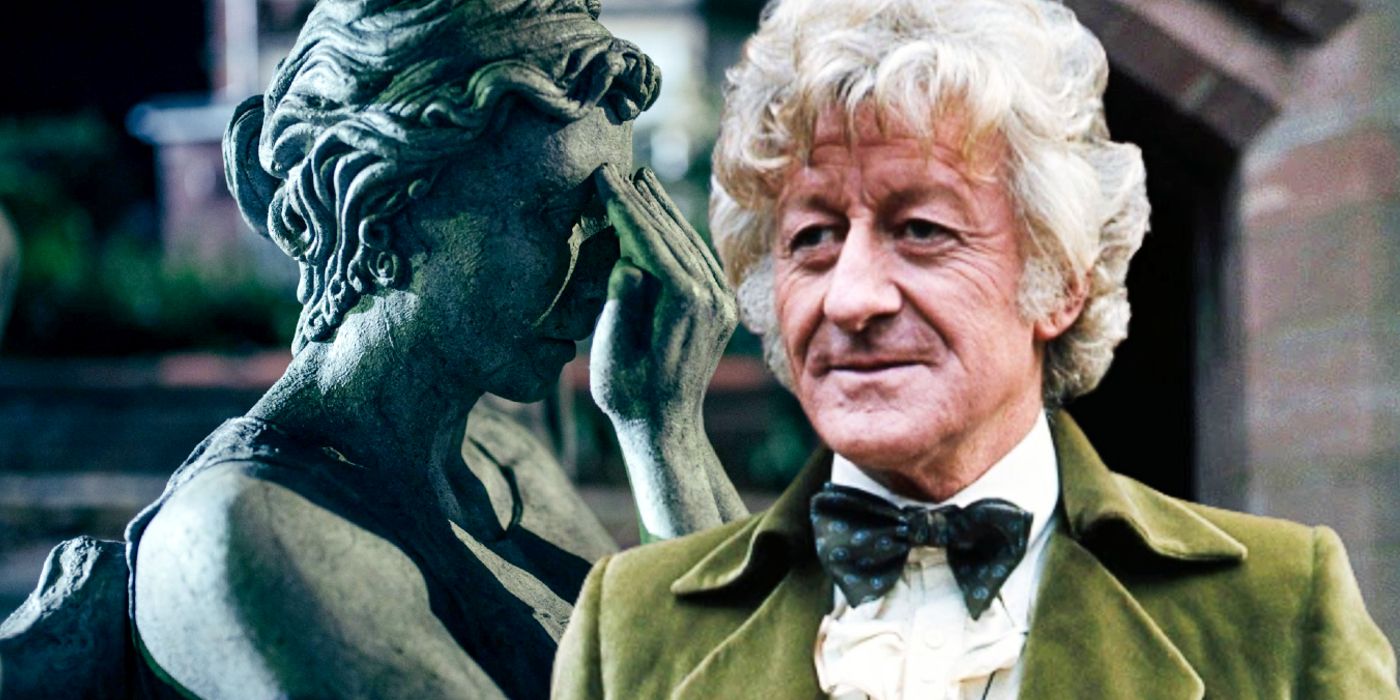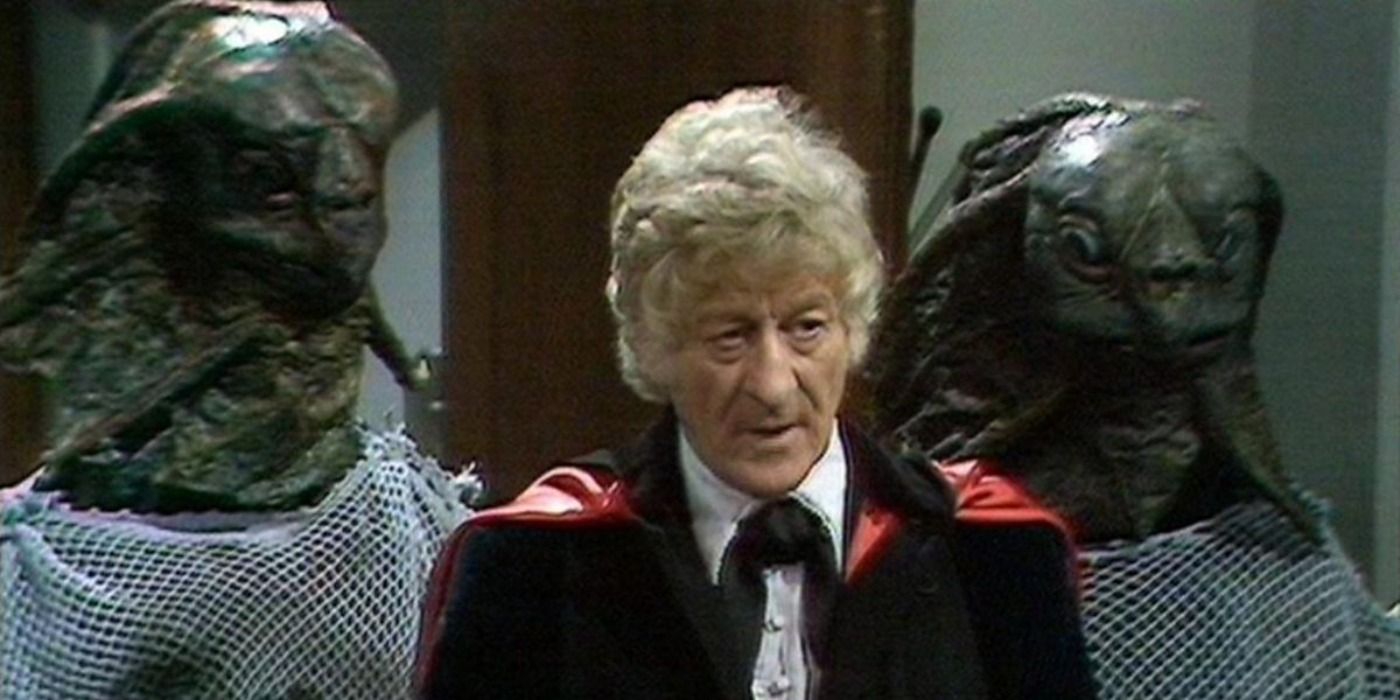This article contains spoilers for Doctor Who: Flux episode 4.
Doctor Who: Flux episode 4 sees the Doctor uses a classic trick from Jon Pertwee's Third Doctor era against the Weeping Angels. The Doctor may not have all her memories, but the fact remains that she still has over a thousand years' worth of them. Given her hectic lifestyle, that means she's had plenty of time to put together useful tools that help her out of a jam and develop favorite tricks to use against her countless enemies.
The Doctor's sonic screwdriver is a case in point, originally developed by Patrick Troughton's Second Doctor; the fact Jo Martin's Forgotten Doctor couldn't recognize it was one of the earliest indications she was a pre-Hartnell incarnation. Every Doctor has upgraded the sonic screwdriver with additional functionality, and Jodie Whittaker's Thirteenth Doctor reinvented it from scratch using Sheffield steel instead of the traditional TARDIS technology. Meanwhile, the Doctor's travels also afforded her the opportunity to learn martial arts - notably Venusian Aikido - which she uses on occasion to get herself out of a jam.
The Doctor actually used a fan-favorite trick against the Weeping Angels in Doctor Who: Flux episode 4, "Village of the Angels." At one point she placed two basic electroencephalograms on two Weeping Angels, and "reversed the polarity of the neutron flow" to disorient them, an act that would apparently give them both something of a headache. This dates back to Jon Pertwee's tenure, when the Third Doctor used it against the Sea Devils; it became strongly associated with the Third Doctor, although ironically he didn't repeat it quite as much as many viewers thought. When Pertwee returned for 1983's "The Five Doctors," the script - which contained plenty of fan-service - included a moment when he uttered the already-famous line of technobabble.
The term has been used by several other Doctors, including Tom Baker and Peter Davison; it's even cropped up several times since Doctor Who was relaunched in 2005, with both David Tennant and Matt Smith reversing the polarity of the neutron flow when they needed. Jodie Whittaker herself used this trick in the Doctor Who season 11 episode "It Takes You Away" - Jodie Whittaker herself. But this time round, there's another layer of humor to the Easter egg; the Third Doctor became particularly interested in the properties of the human brain, and in his final story "Planet of the Spiders" he used electroencephalograms to monitor the brain activity of psychics. He was conducting exactly the same kind of experiments as Professor Eustacius Jericho in Doctor Who: Flux episode 4.
Doctor Who showrunner Chris Chibnall is an old-school fan, who grew up watching the classic series back in the '80s. It's no surprise he's chosen to include an iconic piece of Doctor Who technobabble in his final season, but the context - of the Doctor reversing the polarity of the neutron flow on electroencephalograms - adds extra depth to his story. What makes it most impressive, though, is that the Easter egg doesn't actually intrude in Doctor Who: Flux's story at all.


